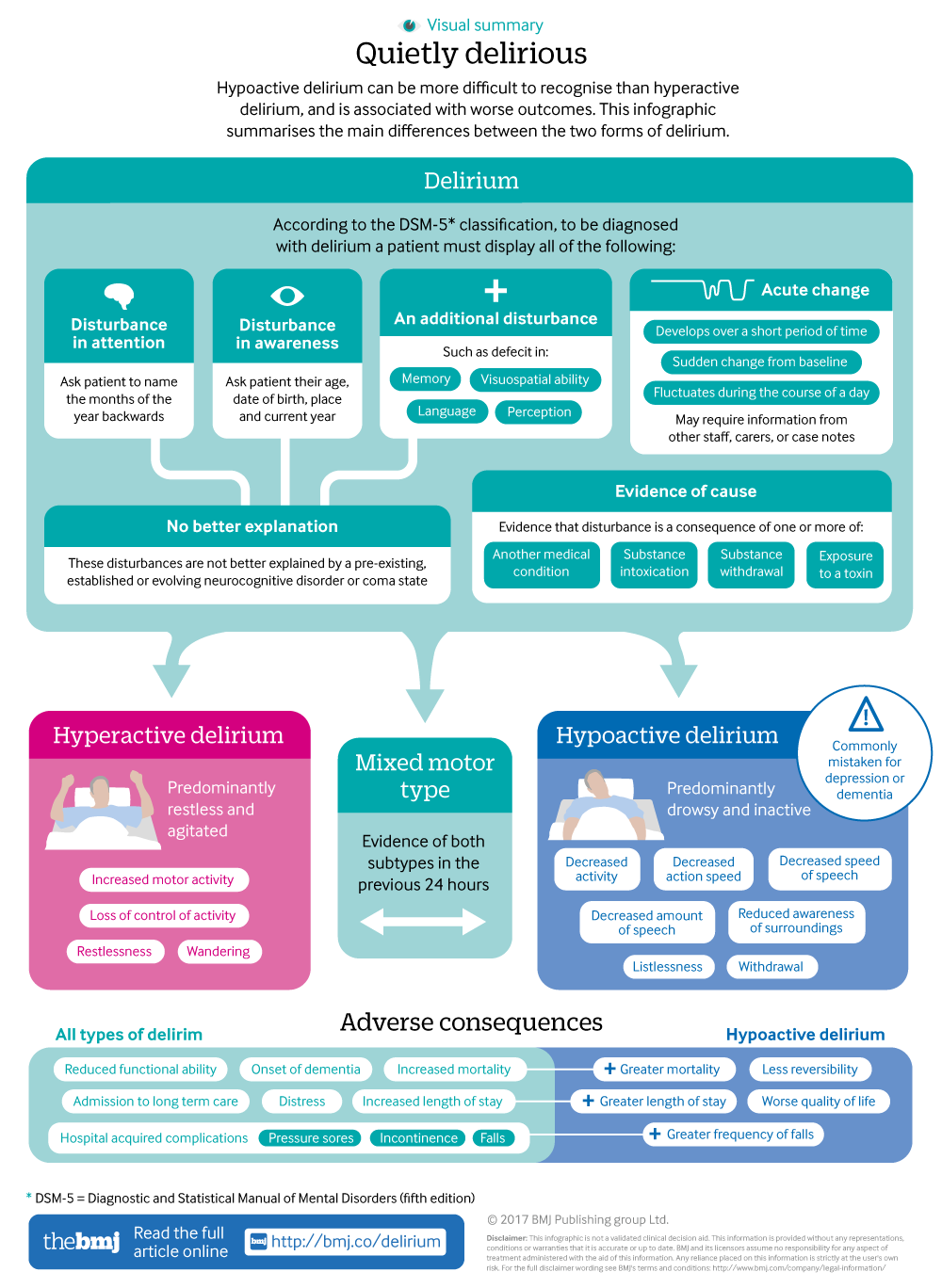How Do Suicide Hotlines Work
How Do Suicide Hotlines Work
Blog Article
Just How Do Mood Stabilizers Work?
State of mind stabilizers aid to soothe areas of the brain that are influenced by bipolar illness. These drugs are most efficient when they are taken on a regular basis.
It may take a while to discover the ideal medicine that functions ideal for you and your medical professional will monitor your condition throughout treatment. This will include routine blood tests and potentially a modification in your prescription.
Natural chemical law
Natural chemicals are a team of chemicals that manage each other in healthy and balanced people. When degrees come to be out of balance, this can bring about state of mind problems like depression, anxiety and mania. Mood stabilizers help to prevent these episodes by helping regulate the equilibrium of these chemicals in the mind. They additionally might be made use of along with antidepressants to boost their performance.
Drugs that function as state of mind stabilizers include lithium, anticonvulsants and antipsychotics. Lithium is possibly the most well known of these medications and works by affecting the circulation of salt via nerve and muscle cells. It is frequently used to deal with bipolar illness, yet it can additionally be practical in dealing with other mood problems. Anticonvulsants such as valproate, lamotrigine and carbamazepine are additionally reliable state of mind supporting medications.
It can spend some time to locate the best type of medication and dose for each and every individual. It is essential to deal with your medical professional and take part in an open discussion regarding how the medication is helping you. This can be especially helpful if you're experiencing any negative effects.
Ion network modulation
Ion channels are a significant target of state of mind stabilizers and numerous other drugs. It is currently well developed that they are dynamic entities that can be regulated by a selection of exterior stimulations. Additionally, the modulation of these channels can have a series of temporal impacts. At one extreme, adjustments in gating characteristics may be fast and instantaneous, as in the nicotinic acetylcholine receptor/channel system. At the various other end of the range, covalent adjustment by protein phosphorylation might lead to changes in network feature that last much longer.
The area of ion network inflection is going into a period of maturation. Current research studies have actually demonstrated that transcranial focused ultrasound (US) can promote neurons by turning on mechanosensitive potassium and salt channels installed within the cell membrane. This was demonstrated by shared channels from the two-pore domain potassium family members in Xenopus oocytes, and focused US substantially modulated the existing streaming through these networks at a holding voltage of -70 mV (best panel, relative result). The results are consistent with previous monitorings showing that antidepressants impacting Kv channels regulate glia-neuron interactions to opposite depressive-like habits.
Neuroprotection
Mood stabilizers, like lithium, valproic acid (VPA), and carbamazepine, are necessary in the treatment of bipolar illness, which is defined by recurrent episodes of mania and anxiety. These drugs have neuroprotective and anti-apoptotic buildings that assist to stop cellular damage, and they additionally improve mobile durability and plasticity in useless synapses and neural circuitry.
These protective activities of mood stabilizers might be moderated by their inhibition of GSK-3, inositol signaling, and HDAC task. Additionally, long-term lithium therapy shields against glutamate excitotoxicity in cultured nerve cells-- a model for neurodegenerative conditions.
Researches of the molecular and cellular results of mood stabilizers have actually revealed that these medicines have a large range of intracellular targets, including several kinases and receptors, as well as epigenetic alterations. Refresher course is required to determine if state of mind stabilizers have neurotrophic/neuroprotective activities that are cell type or wiring specific, and exactly how these results may match the rapid-acting healing reaction of these agents. This will assist to develop brand-new, much faster acting, much more efficient therapies for psychiatric health problems.
Intracellular signaling
Cell signaling is the process whereby cells connect with their environment and other cells. It includes a series of steps in which ligands communicate with membrane-associated receptors and cause activation of intracellular paths that regulate vital downstream mobile features.
State of mind stabilizers act on intracellular signaling with the activation of serine-threonine healthy protein kinases, resulting in the phosphorylation of substrate proteins. This triggers signaling waterfalls, causing changes in gene expression and cellular feature.
Many mood stabilizers (including lithium, valproate and lamotrigine) target intracellular signaling paths by hindering details phosphatases or activating particular kinases. These impacts trigger a reduction in the task of these pathways, which leads to a reduction in the synthesis of specific chemicals that can impact the mind and bring about signs and symptoms of depression or mania.
Some state of mind stabilizers additionally function by boosting the task of the repressive natural chemical gamma-aminobutryic acid (GABA). This boosts the GABAergic transmission in the mind and lowers neural task, therefore generating a therapy for anxiety and depression relaxing result.